This Ethiopian Guji Kelloo Siko lot 5 is sourced via Nordic Approach with logistical assistance from Rosetta.
Ethiopia
Ethiopia is widely believed to be where the coffee species Arabica was initially found and consumed. Genetic tracing has found that Arabica probably comes from Western Ethiopia and Southern Sudan.
From trade with the Arab nations, pure Arabica-based coffees became a valuable crop. Subsequently, the rest of Ethiopia started growing coffee and has been doing so since the mid-1500s.
One of the great things about Ethiopian coffees is the complete mix of varieties or should we say cultivars. An estimated of between six thousand and ten thousand cultivars exist naturally in the Ethiopian highlands and are commonly grouped under the name heirloom. Cross-pollination of genetics is totally amazing. So much so that there are more cultivars of arabica in heirloom coffee in Ethiopia than there are in the rest of the world.
Guji, as a region
The Guji region is East of the famous Yirgacheffe area. Over the last 2 decades, the Guji region has gone from a relatively obscure coffee region to being a firm favourite, especially the naturals. We visited the region in 2016 and saw many rehabilitated forests that were also being used to grow coffee. The processing stations are relatively modern (in comparison to Sidama and Yirgacheffee), which has helped with the success of the region’s coffees.
Siko Washing Station in Ethiopia
Founded in 2017, the Siko washing station sits at an altitude of 2,100 to 2,250 metres above sea level in Siko village, Uraga, Guji. The station buys cherries from around 500 neighbouring farmers, whose farms also sit at high altitudes of 2,100 to 2,250 metres. These farmers, with average plot sizes of approximately 0.5 to 2 hectares, benefit from the land’s rich, fertile red soils and constant sunlight exposure, allowing them to grow high-quality coffee that we keep coming back for.
Harvest & Post-Harvest
Farmers collect the cherries manually and later hand-sort them. They wet-ferment the cherries for 24 to 72 hours, depending on the weather. Workers then wash the coffees in channels and grade them in water by density. The lower density (lower quality) beans float and are removed, leaving only the denser, higher quality beans, which are separated as higher grade lots. After fermentation, the coffee soaks for 6 hours. Workers then pile the coffee in layers 2 cm high, adjusting according to the climate, and dry it over a 13-day period, followed by hand sorting for 2-4 hours.
Origin Land Coffee
Abenezer Asfaw and Mikyas Alemu established Origin Land Coffee in 2022. With extensive experience in supply chain management within the Ethiopian specialty coffee sector, Origin Land Coffee prioritises transparency and fosters strong relationships with farmers and washing stations. Their operations span across various regions, including Guji, Sidama, Yirgacheffe, West Arsi, and Gedeb, collaborating closely with producers and wet mills.
Ethiopian Guji Kelloo Siko Lot #5
This coffee lot comes from a washing station located in Siko village, Uraga, Guji. The station consistently produces high-quality cup profiles and high-scoring lots.
Flavour Profile & Naming
To categorise our Ethiopian coffees effectively, our team created a “flavour wheel” and allocated different flavour profiles to colours. This coffee falls into the “Kelloo” flavour profile. In the Oromiffa language, “Kelloo” means “yellow”. This concept represents coffee that tastes like yellow tropical fruit, florals, peach, and stone fruit..
Details of Lot 5
Our brews:
| Brew Method | Ratio | Brew Method | Ratio | |
|---|---|---|---|---|
| Espresso | 1:2.1-2.3 (stone fruit -> sweet) |
Pour-over/filter | 16.5-20g:300g (fruity -> full-bodied) |
|
| Plunger | 48g:800g | AeroPress | 17.5g:200g |
Transparency Information
| Producer / Organisation | Siko Washing Station by Origin Land Coffee |
|---|---|
| FOB price | $12.14 + $0.05 (docs) + R20 shipping. |
| Cupping score | 86.75 (Nordic Approach) |
| Lot size bought | 1 x 60kg bag. |
| Relationship | We have visited the area but not this mill. This is the first time we have selected this coffee. |
Sources
- Nordic approach info sheets
- James Hoffman’s Atlas of Coffee


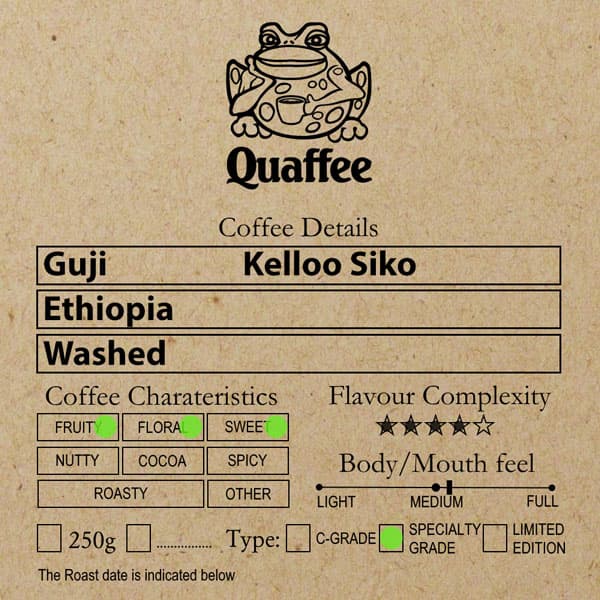
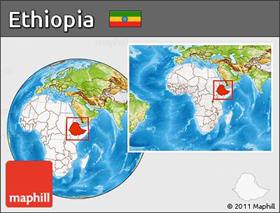
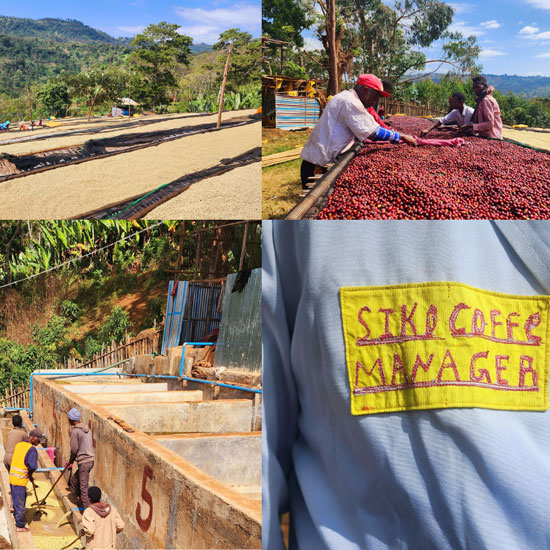
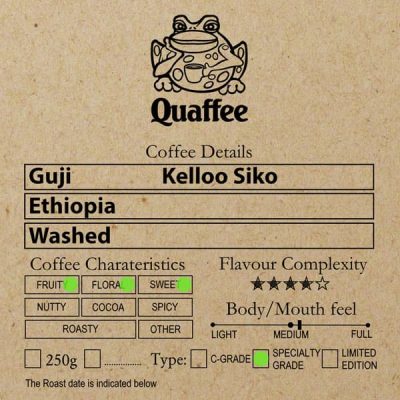
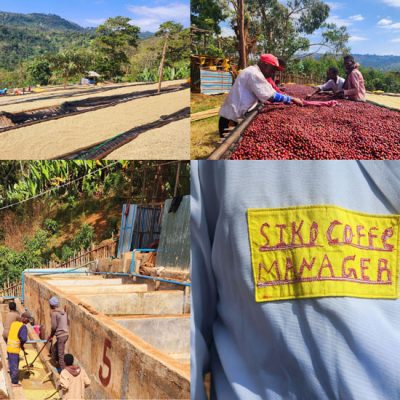
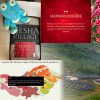
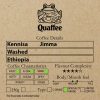

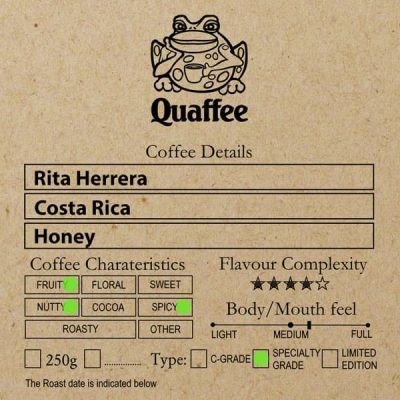
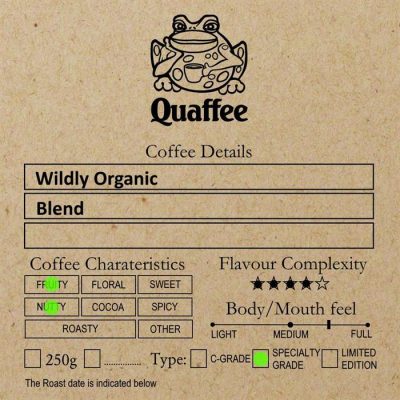
Reviews
There are no reviews yet.